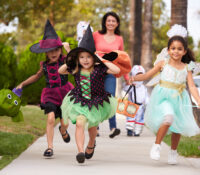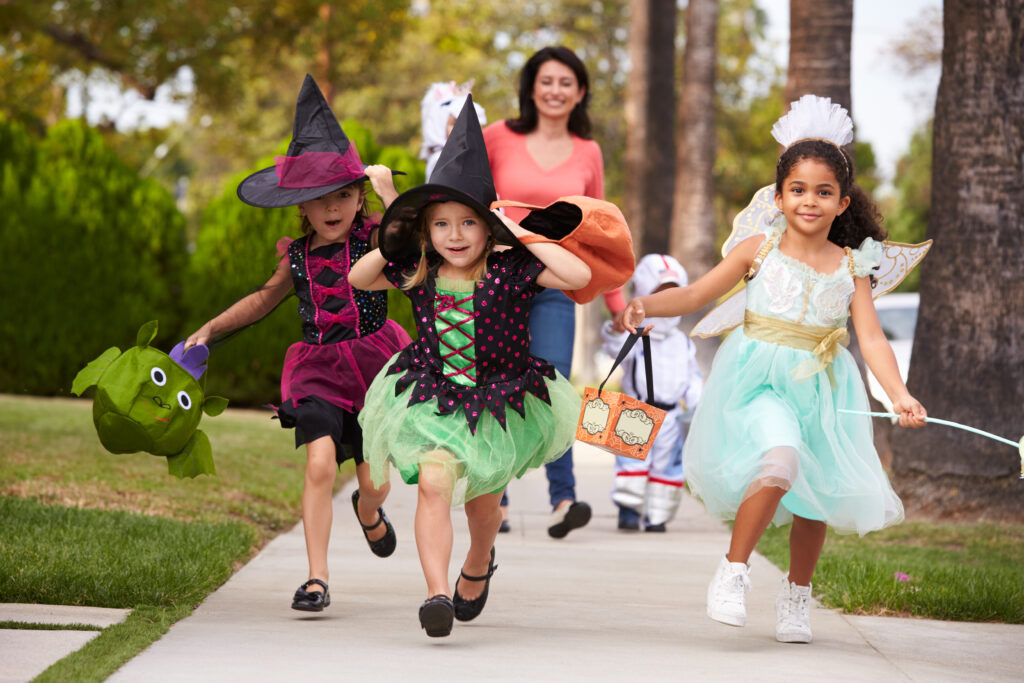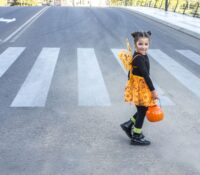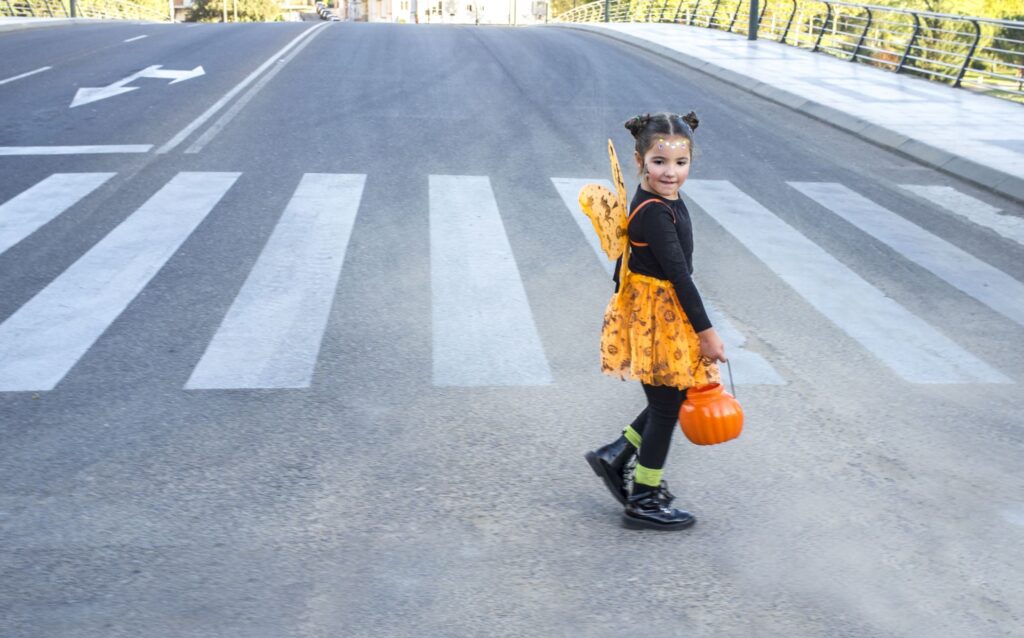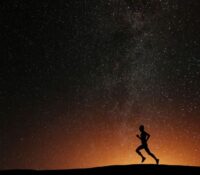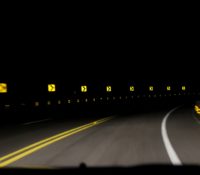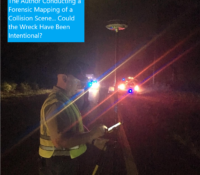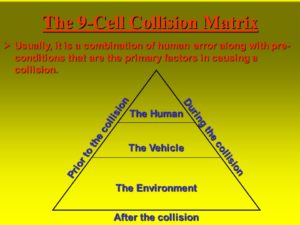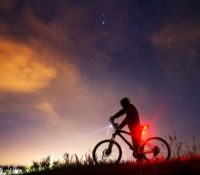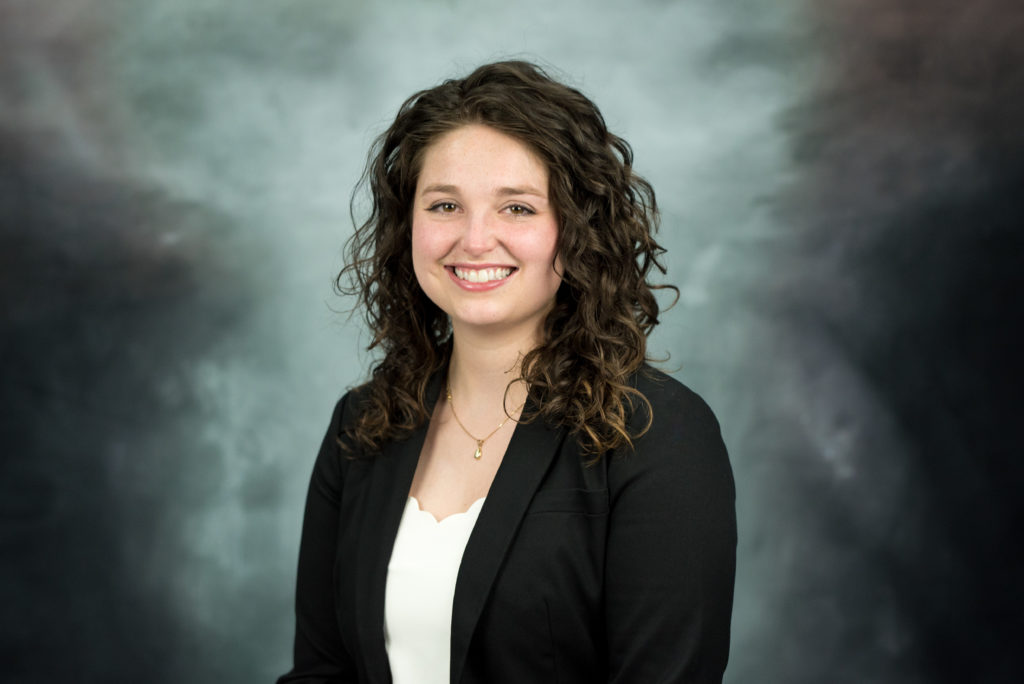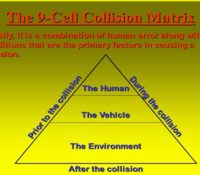Human Factors and Halloween Hazards: Trip and Falls
Trick-or-treating is a fun and festive activity, but it comes with certain hazards that can pose risks to children and even adults. In addition to vehicle and pedestrian collisions and accidents, tripping and falling while trick-or-treating is a common hazard, especially for children navigating unfamiliar and dimly lit areas at night.
Tripping hazards can be mitigated through compliance with walkway safety standards such as ASTM F 1637-2021: Standard Practice for Safe Walking Surfaces. ASTM F1637 is a standard that provides Read More



